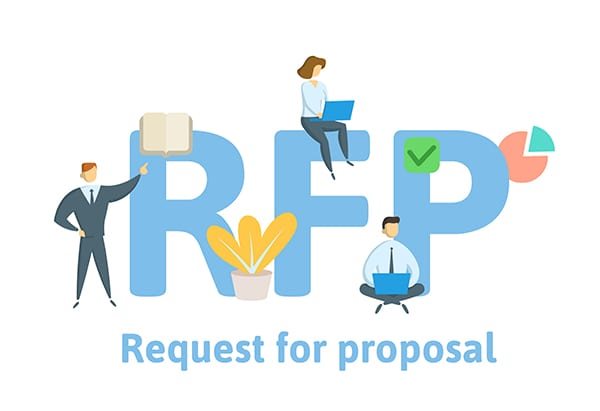Tariffs can have a significant impact on e-commerce businesses, creating challenges for pricing transparency, customer trust, and profitability. Navigating these changes requires strategic planning to maintain your bottom line without alienating your customers. Below, we outline three practical strategies to help your e-commerce business address tariffs while preserving customer confidence and operational efficiency.
1. Raise Product Prices with Transparent Messaging
One of the most straightforward ways to handle increasing tariffs is by adjusting product prices. While price increases are never popular, it’s crucial to communicate the reasons behind these changes clearly and empathetically. Update your website, email communications, product pages, and checkout screens with messaging that explains:
- The impact of tariffs on your costs.
- Why is raising prices necessary to maintain the quality of your products and services?
- A commitment to transparency in your pricing practices.
For example, a banner at the top of your site or an FAQ section titled "Why Have Prices Increased?" can help build customer trust. When you’re upfront about why prices have changed, you show that your business values honesty and respects its customers.
Pro Tip: Add a personal touch by emphasizing your dedication to quality and long-term customer relationships. Messages framed in this light are more likely to gain understanding and support.
2. Display Tariff Charges as a Separate Line Item
Another effective strategy is to separate tariff-related charges from your product pricing by showing them as an individual line item at the order level.
This approach prioritizes transparency, outlining exactly what the tariff-related costs are without embedding them into the listed product price.
Why does this matter?
- Customers can see how tariffs directly impact their total cost.
- It prevents sticker shock on products by keeping base pricing competitive.
- It positions you as a transparent brand willing to share details about pricing structures.
For instance, at checkout, you might display a section labeled "Tariff Charges" beneath the subtotal. While this might lead to questions, most customers appreciate clarity and feel more confident knowing exactly where their money is going.
This strategy requires clear communication across your website and customer emails to avoid confusion. Use consistent messaging that defines tariff charges, and reassure customers that these fees are solely driven by international trade regulations.
3. Save Card Details for Later Tariff Adjustment Charges (B2B-Focused Strategy)
For e-commerce businesses operating in the B2B space, another option is saving payment details for post-purchase tariff adjustments. This tactic allows you to adjust pricing as needed while avoiding upfront uncertainty in the total order cost.
However, this strategy comes with potential risks, including customer frustration and chargeback claims. That’s why it’s especially important to:
- Clearly outline this process before the purchase is completed.
- Provide consent forms or agreements to emphasize transparency and trust.
- Proactively communicate timelines and next steps so B2B customers are never left in the dark.
For example, your messaging might explain that due to fluctuating tariffs, the initial authorization reflects only the base cost, but a separate charge for tariff-related costs will be processed at a later stage. This approach works best for businesses with strong, established relationships where trust is already built.
Keep in mind that offering dedicated customer support to handle questions or concerns from B2B clients is essential to making this strategy successful.
A Balancing Act of Transparency and Practicality
While the challenges posed by tariffs may feel daunting, implementing these strategies can help your business balance the need to manage costs with the importance of maintaining customer trust. Whether you decide to raise product prices, show tariff charges as a separate item, or adopt a payment-saving approach for B2B transactions, the key lies in clear communication.
Your customers deserve transparency, honesty, and solutions that work for both sides. By sharing the "why" behind your decisions and demonstrating your commitment to their experience, your e-commerce business can weather tariff-driven changes with confidence and credibility.


